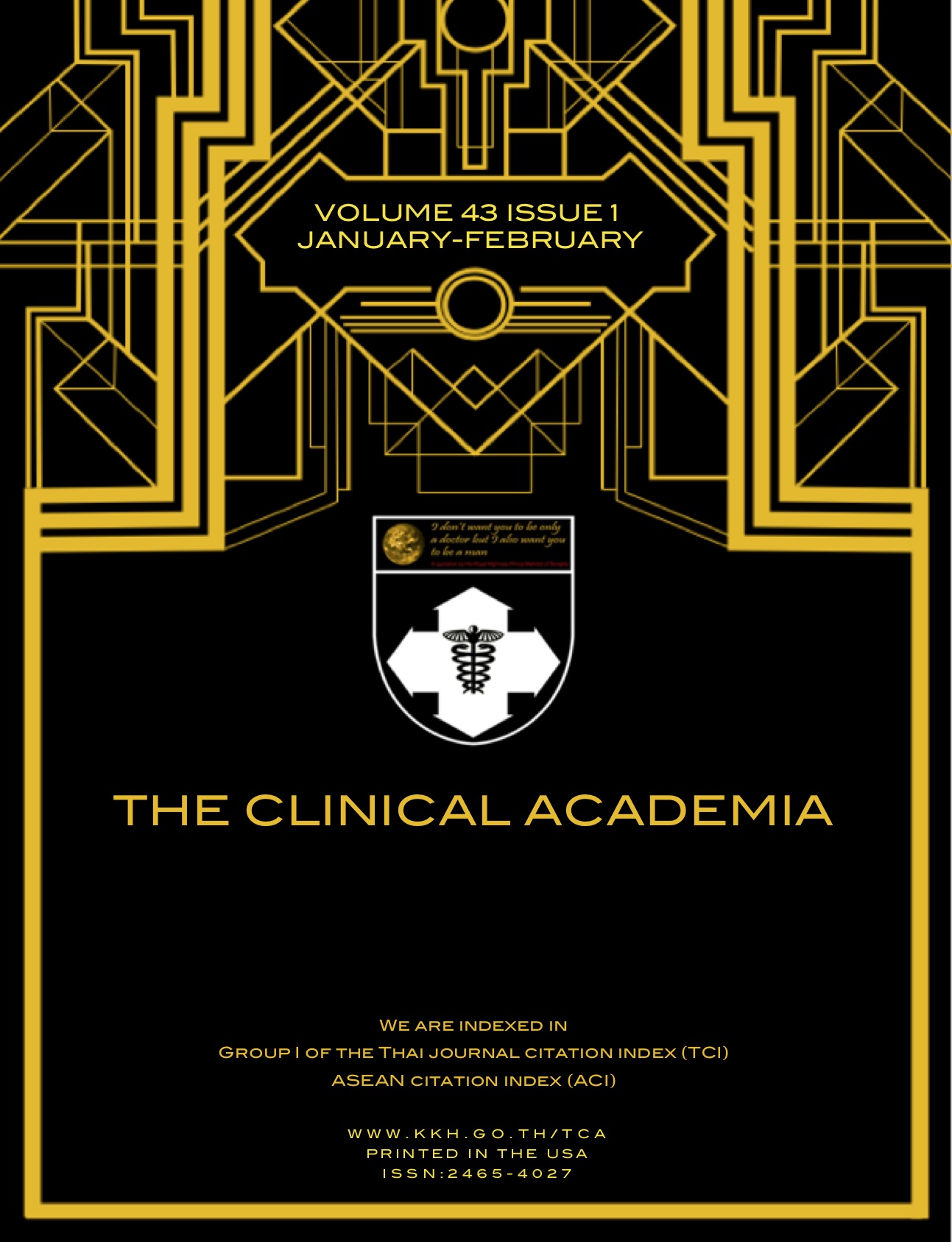Oral Ivermectin versus 0.5% Topical Malathion Lotion in Patients with Head Lice: a Systematic Review
Abstract
OBJECTIVE
To compare the efficacy between oral ivermectin and 0.5% topical malathion lotion in patients with head lice infestation.
METHODS
We systematically and independently searched and reviewed by four reviewers. We searched seven sources including Trip Database, Pubmed, Google Scholar, UpToDate, the Cochrane Library, ClinicalTrials.gov and Scopus as well as the reference lists preliminary included article from searching. We included all relevant randomized controlled trial comparing efficacy of oral ivermectin and 0.5% topical malathion lotion.
RESULTS
We identified and included two randomized controlled trials with 892 patients with head lice infestation. The absence rate of live head lice on day 8 was not significantly different between using oral ivermectin and malathion lotion (relative risk [RR] 1.18; 95% confidence interval [CI], 0.62 to 2.07; I2=96%). The absence rate of live head lice on day 15 was not significantly different between using two of them (RR 1.05; 95% CI, 0.92 to 1.21; I2=80%). The absence rate of live head lice on day 29 was concluded that using oral ivermectin was statistically significant superior to absence rate of head lice using malathion lotion (RR 1.08; 95% CI, 1.04 to 1.13; I2=0%). Any adverse events was not a statistically significant difference between using the two of them (RR 0.94; 95% CI, 0.74 to 1.20; I2=0%). The following outcomes of comparing between oral ivermectin and malathion were concluded based on one study; serious adverse effects, adverse events the primary reason for discontinuation and treatment-related adverse events showed (RR 1.04; 95% CI, 0.07 to 16.62), (RR 1.46; 95% CI, 0.47 to 4.56) and (RR 0.70; 95% CI, 0.45 to 1.08), respectively.
CONCLUSION
There was no statistically significant difference in the absence rate of live head lice on day 8 between using oral ivermectin and malathion lotion.
References
Meinking TL, Serrano L, Hard B, et al. COmparative in vitro pediculicidal efficacy of treatments in a resistant head lice population in the united states. Arch Dermatol. 2002 Feb 1;138(2):220–4.
Abdel-Ghaffar F, Al-Quraishy S, Al-Rasheid KAS, Mehlhorn H. Efficacy of a single treatment of head lice with a neem seed extract: an in vivo and in vitro study on nits and motile stages. Parasitol Res. 2011 Jun 11;110(1):277–80.
İnanir I, Şahin MT, Gündüz K, Dinç G, Türel A, Öztürkcan S. Prevalence of Skin Conditions in Primary School Children in Turkey: Differences Based on Socioeconomic Factors. Pediatr Dermatol. 2002 Jul 1;19(4):307–11.
Silva L, Alencar R de A, Madeira NG. Survey assessment of parental perceptions regarding head lice. Int J Dermatol. 2008 Mar 1;47(3):249–55.
Hunter JA, Barker SC. Susceptibility of head lice (Pediculus humanus capitis). Parasitol Res. 2003 Jun 26;90(6):476–8.
Burkhart CG, Burkhart CN, Burkhart KM. An assessment of topical and oral prescription and over-the-counter treatments for head lice. J Am Acad Dermatol. 1998 Jun;38(6):979–82.
An assessment of topical and oral prescription and over-the-counter treatments for head lice [Internet]. [cited 2016 Jun 22]. Available from: http://www.sciencedirect.com/science/article/pii/S019096229870163X
Head Lice Infestation: Single Drug Versus Combination Therapy With One Percent Permethrin and Trimethoprim/Sulfamethoxazole | ELECTRONIC ARTICLE | Pediatrics [Internet]. [cited 2016 Jun 22]. Available from: http://pediatrics.aappublications.org/content/107/3/e30
Mumcuoglu DKY. Prevention and Treatment of Head Lice in Children. Pediatr Drugs. 2012 Nov 27;1(3):211–8.
Therapy for Head Lice Based on Life Cycle, Resistance, and Safety Considerations | Review Articles | Pediatrics [Internet]. [cited 2016 Jun 22]. Available from: http://pediatrics.aappublications.org/content/119/5/965
Canyon D, Speare R. Do head lice spread in swimming pools? Int J Dermatol. 2007 Nov 1;46(11):1211–3.
Jones KN, English JC. Review of Common Therapeutic Options in the United States for the Treatment of Pediculosis Capitis. Clin Infect Dis. 2003 Jun 1;36(11):1355–61.
Takano-Lee M, Edman JD, Mullens BA, Clark JM. Transmission potential of the human head louse, Pediculus capitis (Anoplura: Pediculidae). Int J Dermatol. 2005 Oct 1;44(10):811–6.
Wolf R, Davidovici B. Treatment of scabies and pediculosis: Facts and controversies. Clin Dermatol. 2010 Sep;28(5):511–8.
Borges R, Mendes J. Epidemiological Aspects of Head Lice in Children Attending Day Care Centres, Urban and Rural Schools in Uberlândia, Central Brazil. Mem Inst Oswaldo Cruz. 2002 Mar;97(2):189–92.
Speare R, Buettner PG. Head lice in pupils of a primary school in Australia and implications for control. Int J Dermatol. 1999 Apr 1;38(4):285–90.
Encyclopedia of Parasitology | Heinz Mehlhorn | Springer [Internet]. [cited 2016 Jun 22]. Available from: http://www.springer.com/us/book/9783540489948
Children ID in, Bell S 2012Edward A, PharmD, BCPS. Head lice pharmacotherapy update for school year 2012-2013 [Internet]. [cited 2016 Jun 22]. Available from: http://www.healio.com/pediatrics/practice-management/news/print/infectious-diseases-in-children/%7B09d6fca6-5c75-4e36-875d-becf310afa95%7D/head-lice-pharmacotherapy-update-for-school-year-2012-2013
The Prevention and Treatment of Head Lice in Children [Internet]. Medscape. [cited 2016 Jun 22]. Available from: http://www.medscape.com/viewarticle/761664
Diamantis SA, Morrell DS, Burkhart CN. Treatment of head lice. Dermatol Ther. 2009 Jul 1;22(4):273–8.
Villegas SC, Breitzka RL. Head Lice and the Use of Spinosad. Clin Ther. 2012 Jan;34(1):14–23.
Eisenhower C, Farrington EA. Advancements in the Treatment of Head Lice in Pediatrics. J Pediatr Health Care. 2012 Nov;26(6):451–61.
Pediculicides and Scabicides Drug Class Review [Internet]. [cited 2016 Jun 22]. Available from:http://webcache.googleusercontent.com/search?q=cache:DAUWlySNnloJ:www.health.utah.gov/pharmacy/ptcommittee/files/Criteria%2520Review%2520Documents/01.14/Pediculicides%2520and%2520Scabicides%2520Drug%2520Class%2520Review.pdf+&cd=1&hl=th&ct=clnk&gl=th
Prevention C-C for DC and. CDC - Lice - Head Lice - Treatment [Internet]. [cited 2016 Jun 22]. Available from: http://www.cdc.gov/parasites/lice/head/treatment.html
Lice Quyen Vu 03-08-12.doc [Internet]. [cited 2016 Jun 22]. Available from: https://view.officeapps.live.com/op/view.aspx?src=http://web.stanford.edu/group/parasites/ParaSites2012/Ectoparasites%20Lice%20Quyen%20Vu/Lice%20Quyen%20Vu%2003-08-12.doc
Kristensen M, Knorr M, Rasmussen A-M, Jespersen JB. Survey of Permethrin and Malathion Resistance in Human Head Lice Populations from Denmark. J Med Entomol. 2006 May 1;43(3):533–8.
Meinking TL, Vicaria M, Eyerdam DH, Villar ME, Reyna S, Suarez G. Efficacy of a Reduced Application Time of Ovide Lotion (0.5% Malathion) Compared to Nix Creme Rinse (1% Permethrin) for the Treatment of Head Lice. Pediatric Dermatology. 2004;21(6):670–4.
Chosidow O, Giraudeau B, Cottrell J, Izri A, Hofmann R, Mann SG, et al. Oral Ivermectin versus Malathion Lotion for Difficult-to-Treat Head Lice. N Engl J Med. 2010 Mar 11;362(10):896–905.
Nofal A. Oral ivermectin for head lice: a comparison with 0.5 % topical malathion lotion. JDDG: Journal der Deutschen Dermatologischen Gesellschaft. 2010;8(12):985–8.



